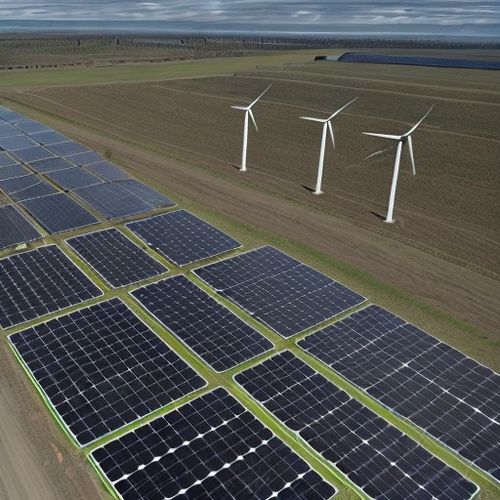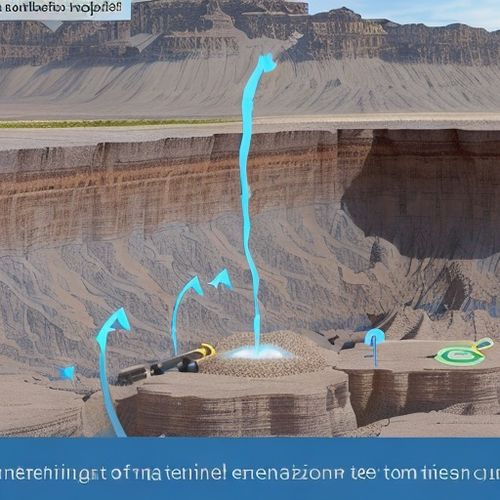Hydrogen embrittlement remains one of the most insidious challenges facing materials science and engineering today. This phenomenon, where metals become brittle due to the infiltration and interaction of hydrogen atoms, has caused catastrophic failures across industries from aerospace to oil pipelines. Unlike visible corrosion, hydrogen embrittlement often progresses undetected until sudden fracture occurs, making it a particularly dangerous and unpredictable failure mode.
The invisible infiltration begins when atomic hydrogen penetrates the crystalline structure of metals. Sources abound - from electrochemical processes during plating or corrosion to high-pressure hydrogen environments in fuel systems. Once inside the metal matrix, these tiny hydrogen atoms migrate to areas of high stress concentration, where they gradually weaken atomic bonds. The result is a material that maintains its appearance while losing its fundamental mechanical properties, like a glass sculpture under invisible tension.
Certain materials demonstrate particular vulnerability. High-strength steels used in critical load-bearing applications often prove most susceptible, their very strength becoming their Achilles' heel. The problem intensifies with increasing tensile strength - a cruel paradox where engineers seeking stronger materials for demanding applications may inadvertently select those most prone to this invisible degradation. Even some titanium and nickel-based superalloys aren't immune, especially when subjected to sustained stress in hydrogen-rich environments.
Environmental factors play a crucial role in accelerating or mitigating hydrogen embrittlement. Temperature significantly influences hydrogen diffusion rates, with room temperature often proving most dangerous - too cold for hydrogen to quickly escape, yet warm enough for active migration through the metal lattice. pH levels in surrounding electrolytes can dramatically affect hydrogen uptake, while mechanical stress creates pathways for hydrogen accumulation at precisely the locations where strength matters most.
Modern mitigation strategies have evolved into sophisticated, multi-layered defenses. Surface treatments like nitriding or carburizing create barrier layers that physically block hydrogen ingress. Novel coating technologies go further, incorporating hydrogen-scavenging compounds that actively neutralize diffusing atoms before they penetrate deeper. Heat treatment protocols have been refined to create microstructures less prone to hydrogen accumulation, while new alloy formulations include trapping sites that render hydrogen harmless.
Design philosophy itself has adapted to this challenge. Engineers now consider hydrogen embrittlement from the earliest conceptual stages, avoiding stress concentrators in vulnerable materials and specifying appropriate safety factors. Maintenance schedules incorporate hydrogen detection methods, and operational parameters in hydrogen service carefully balance pressure and temperature to minimize risks. This holistic approach recognizes that no single solution exists - effective prevention requires coordinated efforts across material selection, design, manufacturing, and operation.
Emerging research points to promising frontiers in hydrogen embrittlement resistance. Nanostructured materials with grain boundaries engineered to block hydrogen diffusion show particular potential. Self-healing materials capable of sealing microcracks before hydrogen can accumulate represent another exciting avenue. Computational materials science now allows researchers to simulate hydrogen-metal interactions at atomic scales, accelerating the development of next-generation resistant alloys.
The battle against hydrogen embrittlement continues to evolve as new applications emerge. Hydrogen fuel systems, renewable energy storage, and deep-sea exploration all present novel challenges requiring innovative solutions. What remains constant is the need for vigilance - this invisible threat demands respect, understanding, and proactive management. Through continued research, careful engineering, and operational awareness, industries can harness the benefits of advanced materials while mitigating the risks posed by this subtle but potentially devastating phenomenon.

By Megan Clark/Apr 19, 2025

By Thomas Roberts/Apr 19, 2025

By Thomas Roberts/Apr 19, 2025

By Emily Johnson/Apr 19, 2025

By Samuel Cooper/Apr 19, 2025

By Samuel Cooper/Apr 19, 2025

By George Bailey/Apr 19, 2025

By Joshua Howard/Apr 19, 2025

By William Miller/Apr 19, 2025

By Emily Johnson/Apr 19, 2025

By William Miller/Apr 19, 2025

By James Moore/Apr 19, 2025

By Joshua Howard/Apr 19, 2025

By William Miller/Apr 19, 2025

By James Moore/Apr 19, 2025

By Elizabeth Taylor/Apr 19, 2025

By Grace Cox/Apr 19, 2025

By Grace Cox/Apr 19, 2025

By Joshua Howard/Apr 19, 2025

By David Anderson/Apr 19, 2025